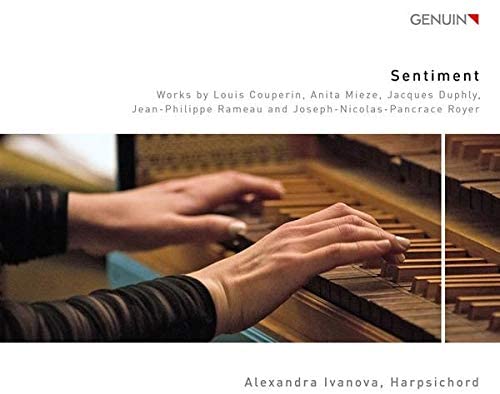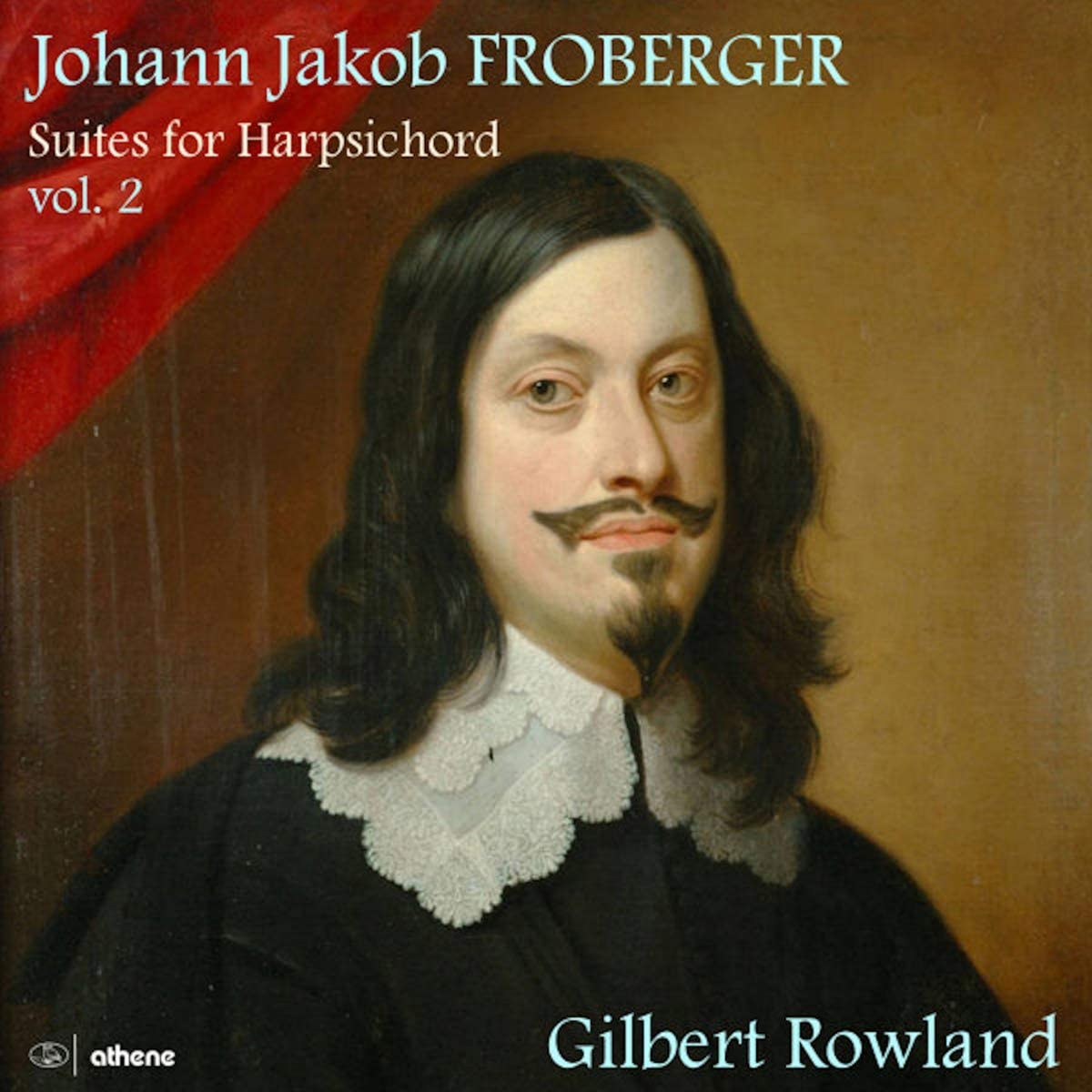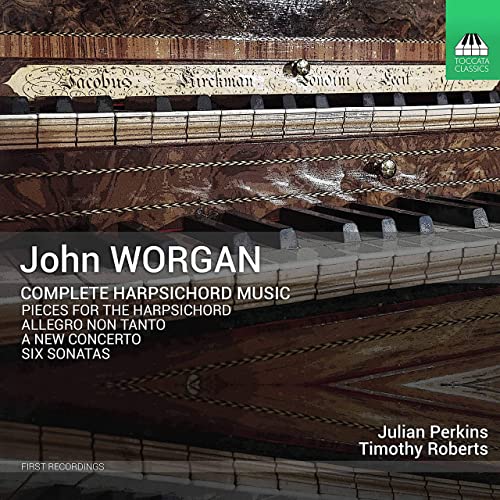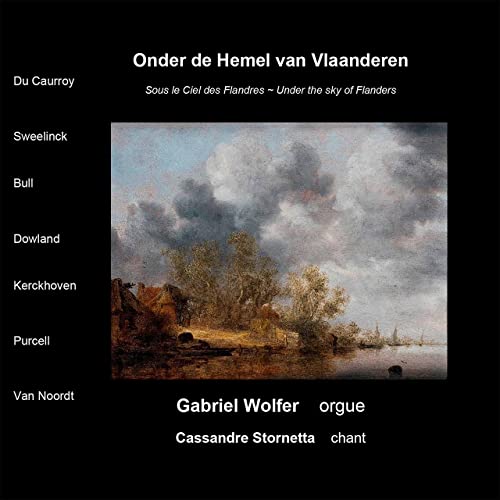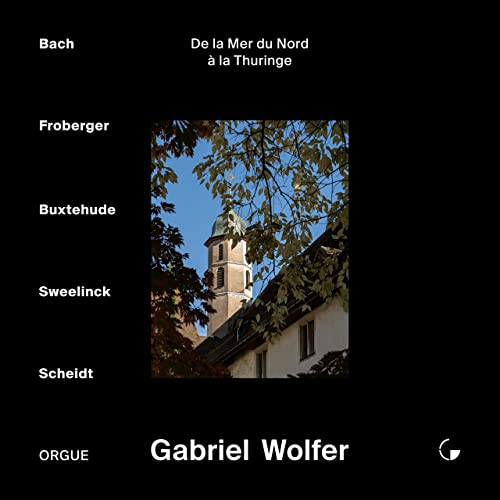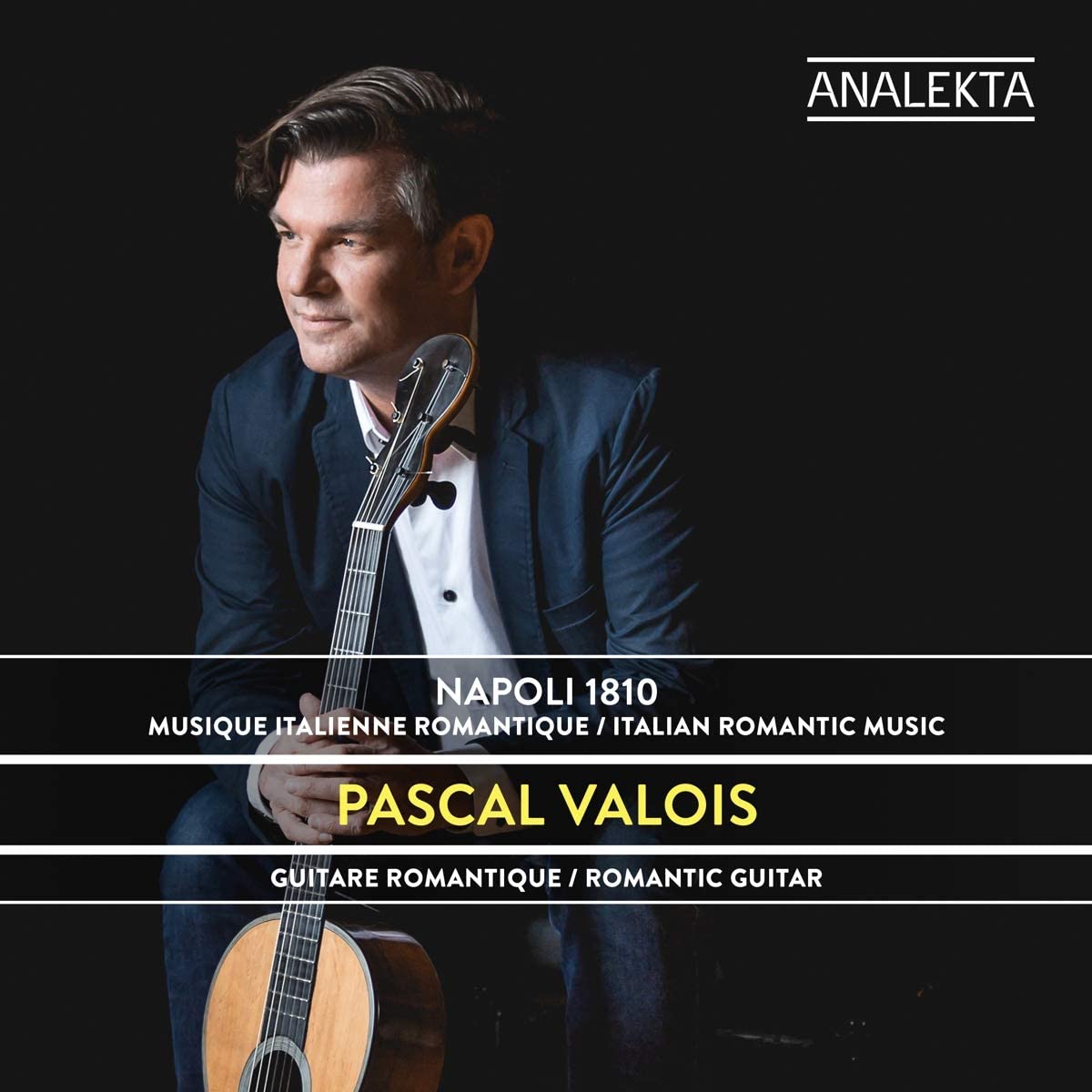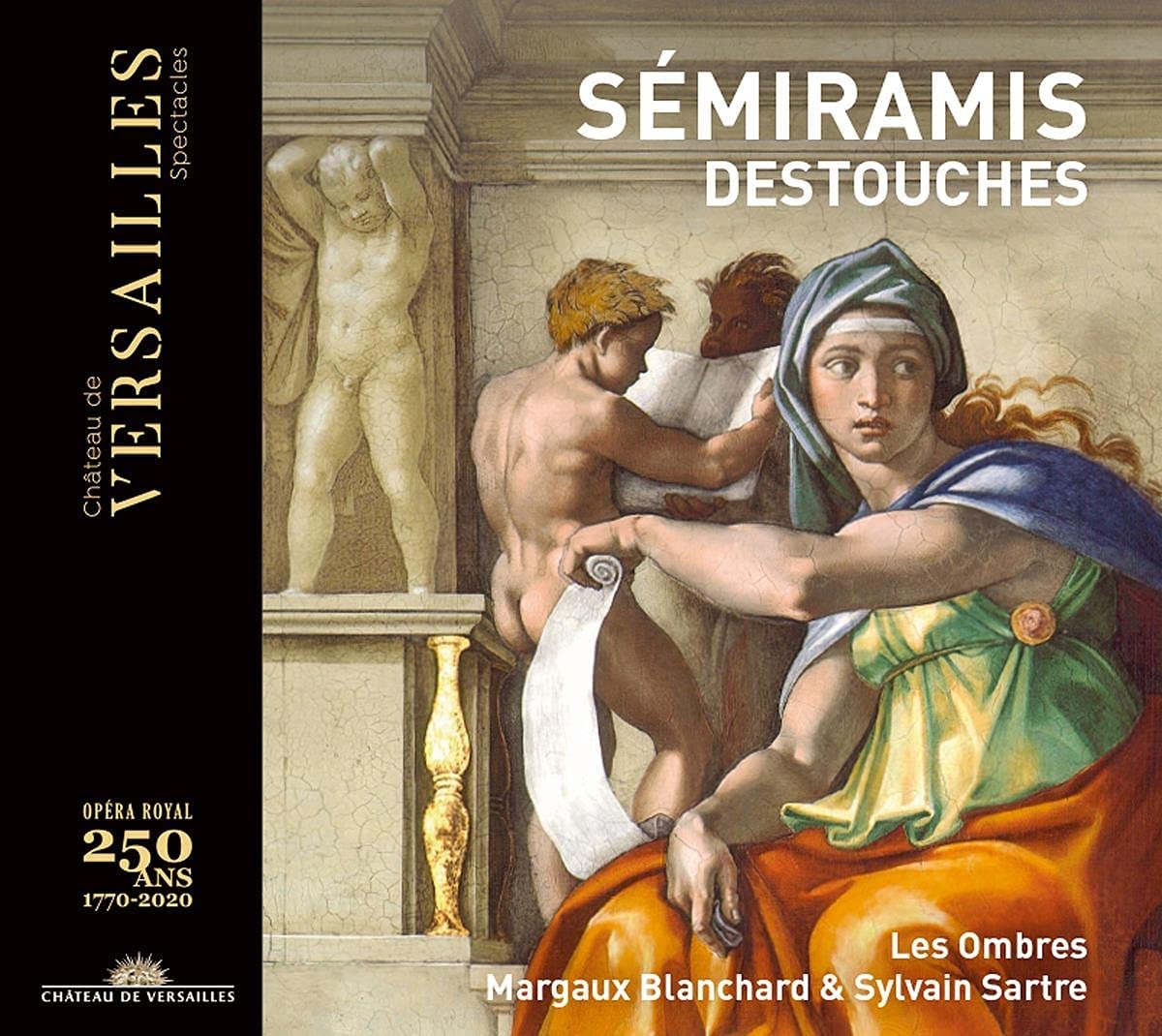Italian Romantic Music
Pascal Valois
61:26
Analekta AN 2 9195
Click
HERE to buy this on amazon.co.uk
[These sponsored links help the site remain alive and FREE!]
Pascal Valois presents a programme of music composed by three Italian composers who flourished in the early part of the nineteenth century: Niccolo Paganini (1782–1840), Mauro Giuliani (1781–1829), and Ferdinando Carulli (1770–1841). He plays a guitar by Cabasse-Bernard built c. 1820, and tunes it to A=430. I wonder if the 10th fret is placed incorrectly, because the high d” sounds flat 19 seconds into track 3 – either that, or the string was tuned flat. There is no information in the liner notes about the strings Valois uses, but there are unfortunately loud high-pitched squeaks as he slides his fingers along the three lowest strings which are wound. On the whole I like his interpretation, which I think is appropriate for music from this period. He brings out a clear melodic line which allows the music to sing, and he phrases here and there with tasteful rubato. His performance is enhanced by a pleasing variety of contrasting tone colours.
Valois begins the CD with two movements from Paganini’s Grand Sonata for Guitar M.S.3. Interestingly the original publication has the title “Grand Sonata a Chitarra Sola con Accompagnamento di Violino”. The violin adds little of substance, and it is thought that it may have been included as an afterthought. Valois manages perfectly well on his own without inviting a friend to join him on violin. As to be expected of the great violinist Paganini, his guitar pieces are tricky to play, and it is their virtuosity which makes them attractive to the listener. In the Andantino variato Scherzando, for example, Valois’ fingers scamper up and down the neck with a variety of contrasting ideas – triplets, fast scales, parallel sixths, tremolos, the melody in octaves, chords interspersed with flashy flourishes – but the harmonic structure is extraordinarily banal – just tonic and dominant with a modulation to the dominant in both sections, and with the brief respite of a passing subdominant approaching the final cadence.
There follow Six Andantes for Guitar Op. 320 by Carulli: Andante affettuoso con poco moto in G major, starting with the same first four notes as Silent Night, and ending with a 3-octave arpeggio to top g”, echoed by a few fluffy harmonics and a descending arpeggio in octaves; a nicely paced Andante con moto in E major, where a slow, gentle, lyrical theme is followed by an exciting sequence of arpeggios and later by a sudden, dramatic shift to E minor; Andante molto sostenuto in A major with passages of descending triplets, of slow-moving chords supported by repeated notes in the bass, and a rising chromatic scale from low E marked “ritardando” leading us back to the opening theme; Andante giusto in F major, which has many notes clearly marked with an accent in Carulli’s manuscript (see IMSLP) – not consistently observed by Valois; Andante legiero e grazioso in the soft key E flat major, with an exciting run of fast notes including a glissando in bar 23; and Andante risoluto in the bright key of D major to finish.
The history of the guitar – of the 4-course instrument of the 16th century, the 5-course instrument of the 17th century, and the 6-course instrument of the 19th century – has been bedevilled by a lack of bass notes, and compromises involving less than satisfactory inversions of chords have been inevitable. So it is with Giuliani’s Guitar Sonata Op. 15. At the end of the first and last movements he wants a big chord of C major, ideally with a low C in the bass. Unfortunately the lowest note available on his 6-course guitar is a third higher at E. Rather than make do with a root position chord with a high bass c, he writes a first inversion chord using that low E. It may sound odd, but better to finish with a first inversion than lose sonority in the bass.
Other pieces of music by Carulli are Guitar Sonatina Op. 59 No. 1, and Guitar Sonata Op. 159 No. 1. In his liner notes Valois says that both are world premiere recordings. The Sonatina may have a certain charm, but it is not great music. It consists of a slow Larghetto and a sprightly Rondo Allegretto. If you removed all the tonic and dominant chords, there would be little left to play. Some relief comes in the Rondo with a brief digression to the minor. The Sonata – just a Larghetto – is more satisfying, and benefits from Valois’ sensitive playing.
Stewart McCoy

